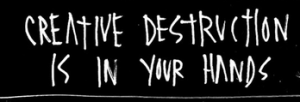The struggle for innovation alignment is one of those real challenging issues that are seemingly very hard to resolve, or so it seems.
I’m not setting out a comprehensive solution here, well not in this blog, of the suggested ways to address this strategic/innovation alignment issue, as that is far more complex.
All I will offer at this point of time is this alignment concern is becoming increasingly top of my mind.
Constructing an innovative conversation framework
What I am offering here is an innovation conversation framework, on how we can approach different strategic value propositions, and where we might need to debate these across the organization, as the points of impact so we can make this move towards a higher degree of innovation alignment.



